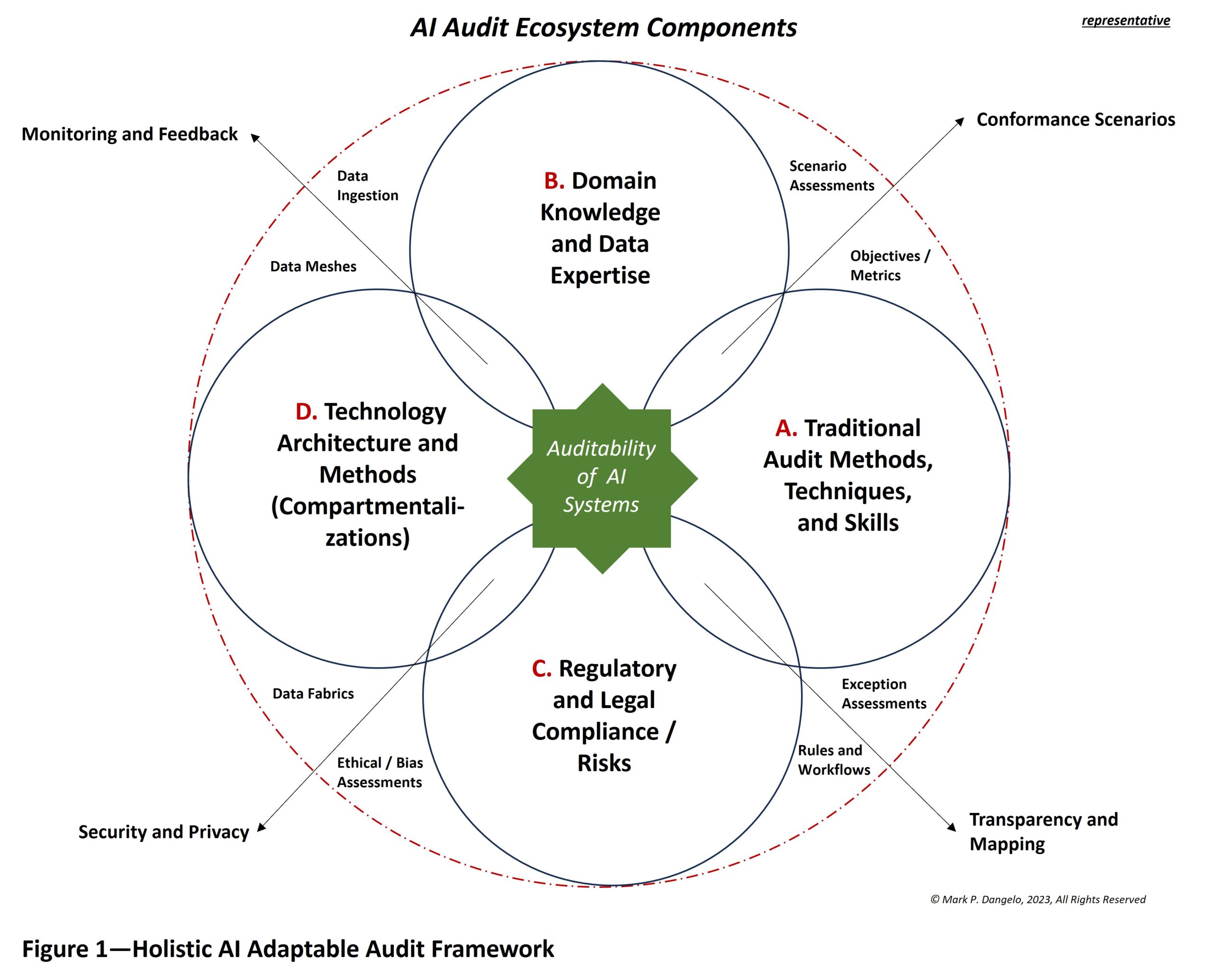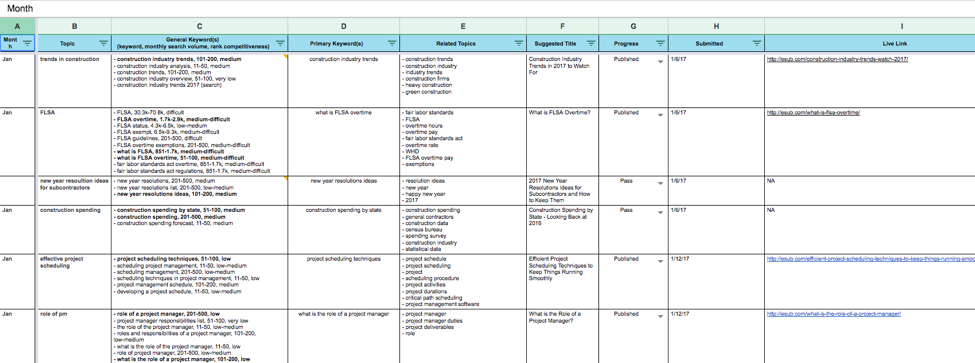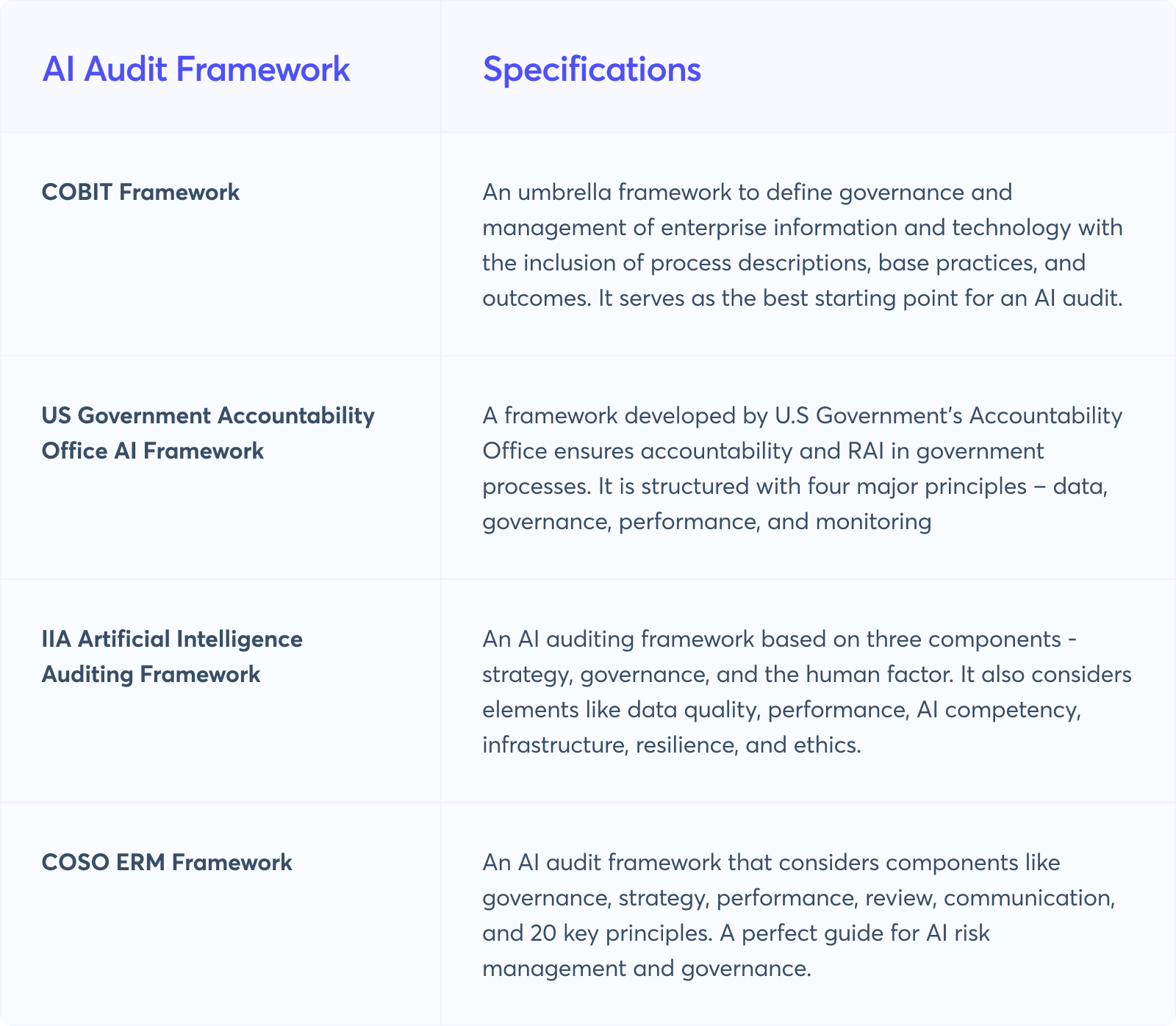Content catalogs serve as a fundamental component of digital ecosystems, housing information crucial for user engagement and sales. However, maintaining the relevance of content over time poses a significant challenge for content strategists and managers. The concept of content decay highlights the risk of outdated material losing effectiveness, which can ultimately diminish return on investment. To address this issue, many organizations are increasingly utilizing Artificial Intelligence (AI) to conduct audits that evaluate existing content and predict its future viability.
This guide explores how AI can assist in future-proofing content catalogs through effective auditing strategies. It dives into advanced technologies such as Natural Language Processing (NLP) and machine learning algorithms for assessing content lifecycles. Additionally, it identifies benchmarks for measuring content relevance, showcases tools designed for automating audits, and outlines best practices for governance. Understanding these elements enables content managers to ensure their materials remain effective over time, thereby extending their lifespan.
How to Ensure Your Content Lasts by Embracing AI in Content Audits
Content decay represents a significant hurdle in digital content management. As trends shift and new information emerges, outdated content risks losing its relevance to the audience. Organizations often struggle to identify which pieces of content require refreshing, increasing the likelihood of future decay. AI technology offers a solution by applying predictive analytics to forecast content performance.
Natural Language Processing tools analyze catalogs filled with product descriptions and reviews. This analysis provides deeper insights into customer engagement trends and helps facilitate proactive adjustments. Research indicates that employing effective content auditing methods enhances lifecycle management and ensures content retains its value over time.
Infographic illustrating the stages of the content marketing lifecycle and the role of AI in maintaining relevance (Source: Everlytic)
Decoding Content Relevance with AI's Predictive Capabilities
Understanding content relevance is critical for maintaining audience engagement. Specific AI technologies enable this adjustment through techniques such as Natural Language Processing and machine learning. NLP tools facilitate tasks like entity extraction, sentiment analysis, and text classification, allowing for accurate assessments of how content resonates with its target audience.
Custom AI models can fine-tune content audits to meet specific organizational needs. For instance, image recognition AI efficiently evaluates visual content quality, ensuring consistency across platforms. This multifaceted approach helps organizations better predict content decay and strategize the refreshing of their catalogs.
 Diagram showcasing various AI technologies applied in content auditing (Source: Thomson Reuters)
Diagram showcasing various AI technologies applied in content auditing (Source: Thomson Reuters)
Best Tools for Automating Content Audits that Work Effectively
The quest for effective audit solutions has led to the emergence of various AI-driven tools designed to streamline the auditing process. Organizations such as The Washington Post and Forbes have successfully implemented these technologies, enhancing both content quality and effectiveness.
Common tools include NLP frameworks and machine learning platforms that offer functionalities like automated content tagging and performance benchmarking. When selecting the appropriate tool, organizations should evaluate factors such as effectiveness, ease of integration, and specific needs. Research shows that implementing AI tools can lead to greater efficiency compared to traditional manual audits.
 Visual example of a content audit spreadsheet detailing useful tools (Source: Curata)
Visual example of a content audit spreadsheet detailing useful tools (Source: Curata)
Setting Benchmarks for Content Relevance to Measure Success
Establishing performance benchmarks is essential for assessing content effectiveness. Defining clear Key Performance Indicators (KPIs) allows organizations to quantitatively measure how well their content aligns with audience expectations. Metrics may include engagement rates, time spent on content, and feedback scores.
Utilizing analytics to track these metrics provides insights into necessary improvements, facilitating a cycle of continuous optimization. Research indicates that maintaining standardized metadata significantly enhances content discoverability during audits, proving to be a valuable opportunity for organizations seeking to refresh their catalogs.
 Bar graph showing performance metrics after audits (Source: Medium)
Bar graph showing performance metrics after audits (Source: Medium)
Ethics and Bias in AI Audits to Ensure Fairness
AI technologies hold the potential to introduce biases that can impact content analysis outcomes. Content managers must be mindful of representation bias in AI algorithms, especially concerning cultural and demographic inclusivity. AI systems that are trained on datasets lacking diversity risk misrepresenting content from minority perspectives.
To counteract these challenges, organizations can implement ethical guidelines that enhance the transparency and fairness of AI applications. Companies dedicated to fostering diversity must vigilantly assess their content auditing processes, ensuring these systems reflect inclusive values, thereby maintaining credibility and trust.
 Image discussing ethical considerations in AI content analysis (Source: Leon Furze)
Image discussing ethical considerations in AI content analysis (Source: Leon Furze)
Overcoming Integration Challenges to Make AI Work Seamlessly
Integrating AI technologies within existing Content Management Systems (CMS) presents unique challenges. Compatibility issues often arise, particularly for organizations reliant on legacy systems. Research reveals that 87% of firms experience difficulties during the integration phase, which can hinder overall performance.
Despite these challenges, organizations can proactively enhance scalability and quality through targeted strategies, such as evaluating available tools regularly and ensuring personnel receive adequate training. Companies that approach the integration process strategically typically achieve better outcomes.
Flowchart outlining integration steps for AI technologies (Source: Creately)
Preparing for AI Auditing: Best Practices for Your Content Catalog
To maximize the effectiveness of AI-driven audits, organizations must adhere to solid best practices that prepare their content catalogs for analysis. Such practices include standardizing metadata, establishing clear governance policies, and conducting regular manual audits to enhance overall effectiveness.
Additionally, integrating analytics and cleansing data prior to audits improves accuracy. An all-encompassing approach to audit readiness not only enhances content performance but also fosters a culture centered around data-driven decision-making.
 Checklist illustrating best practices for content audits (Source: Website Files)
Checklist illustrating best practices for content audits (Source: Website Files)
Conclusion
Future-proofing content catalogs is essential for sustaining audience engagement and maximizing returns on digital assets. By employing AI-driven audits, organizations can accurately predict content decay, optimize relevance, and prolong the lifecycle of their content through informed decision-making.
As AI technologies continue to evolve, it is crucial for content strategists and managers to stay informed about emerging trends and tools that can enhance their content auditing processes. By fully embracing these innovative solutions, organizations can ensure their content remains effective over time, leading to both durability and a commitment to quality and inclusivity in digital content strategies.

Kommentare (0)
Anmelden um an der Diskussion teilzunehmen oder .